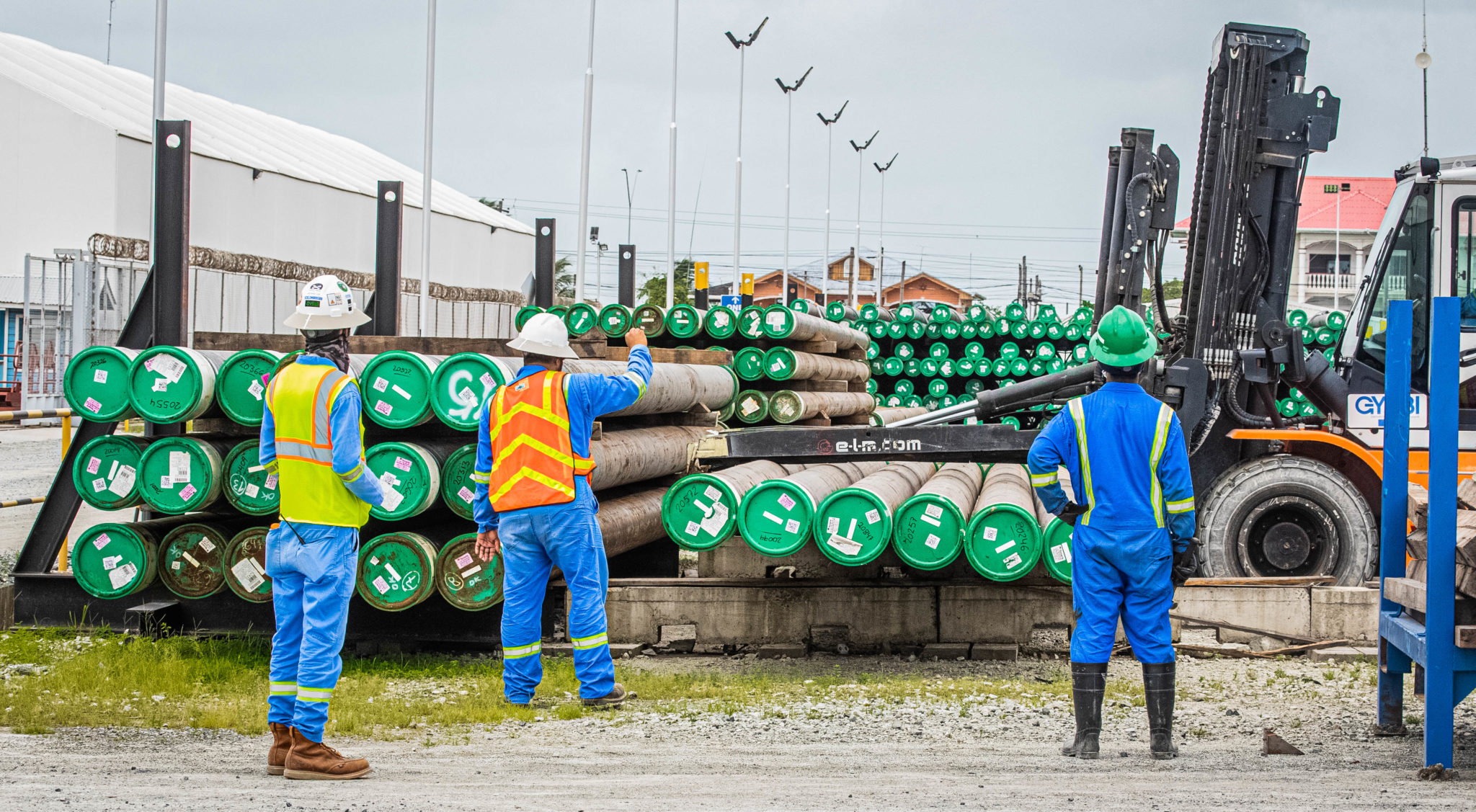Audun Martinsen, Head of Supply Chain Research at Rystad Energy, predicts heightened reliance on local content requirements within the oil and gas sector amidst mounting supply chain concerns for 2024. Martinsen highlighted the increasing focus on re-shoring services and the surge in local content demands amid the sector’s significant investment cycle.
The surge in local content requirements comes at a crucial time, coinciding with the biggest investment cycle in the industry since 2010-2013. This trend, according to Martinsen, indicates potential bottlenecks in offshore supply chains, particularly impacting sectors like rigging, vessels, subsea operations, and floating production, storage, and offloading (FPSO) systems. Onshore oilfield services are also expected to witness sustained high activity.
Guyana’s Local Content Act, enacted to maximize the involvement of local businesses and workers in the country’s burgeoning oil sector, has significantly enabled the local populace to benefit from oil activities. Implemented in 2021, the law ensures that a portion of goods, services, and employment opportunities within the oil sector are directed toward local entities, fostering economic growth and skills development among Guyanese.
Martinsen’s outlook for 2024 underscores the mounting concerns of energy developers striving to secure capacity for upcoming investment decisions while keeping existing projects on schedule and within budget. He anticipates cost escalation for most projects and potential delays due to these supply chain bottlenecks.
Guyana local content spend estimated at US$720 million in 2023 | OilNOW
Furthermore, suppliers are expected to wield increased buying power, driving prices higher in 2024. Despite growing cash flow among oil and gas suppliers, historical trends suggest capacity increases may not manifest this time. Martinsen noted that suppliers are more likely to prioritize returning cash to owners rather than investing in expanding capacity. If capacity increases occur, they might result from mergers, acquisitions, or expansions into adjacent markets such as hydrogen, carbon capture, offshore wind, and carbon-reduction technologies, as traditional oilfield service players diversify their portfolios.




